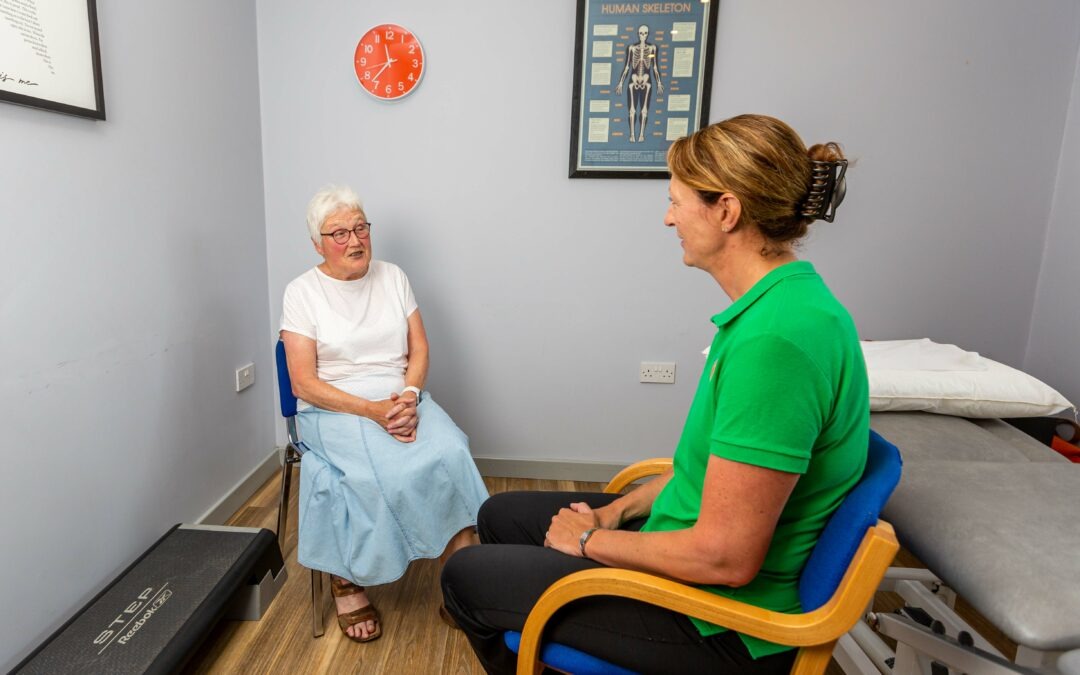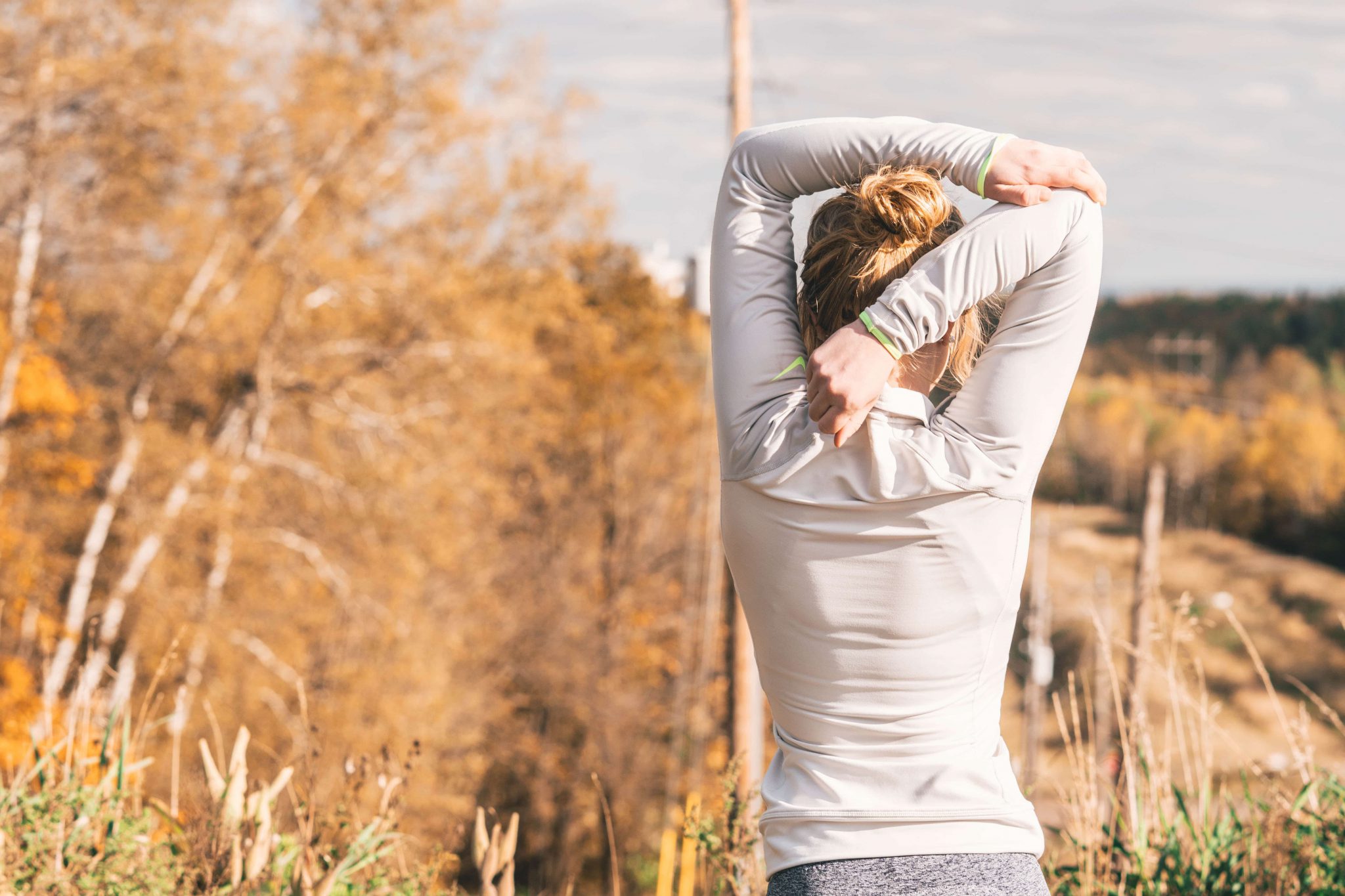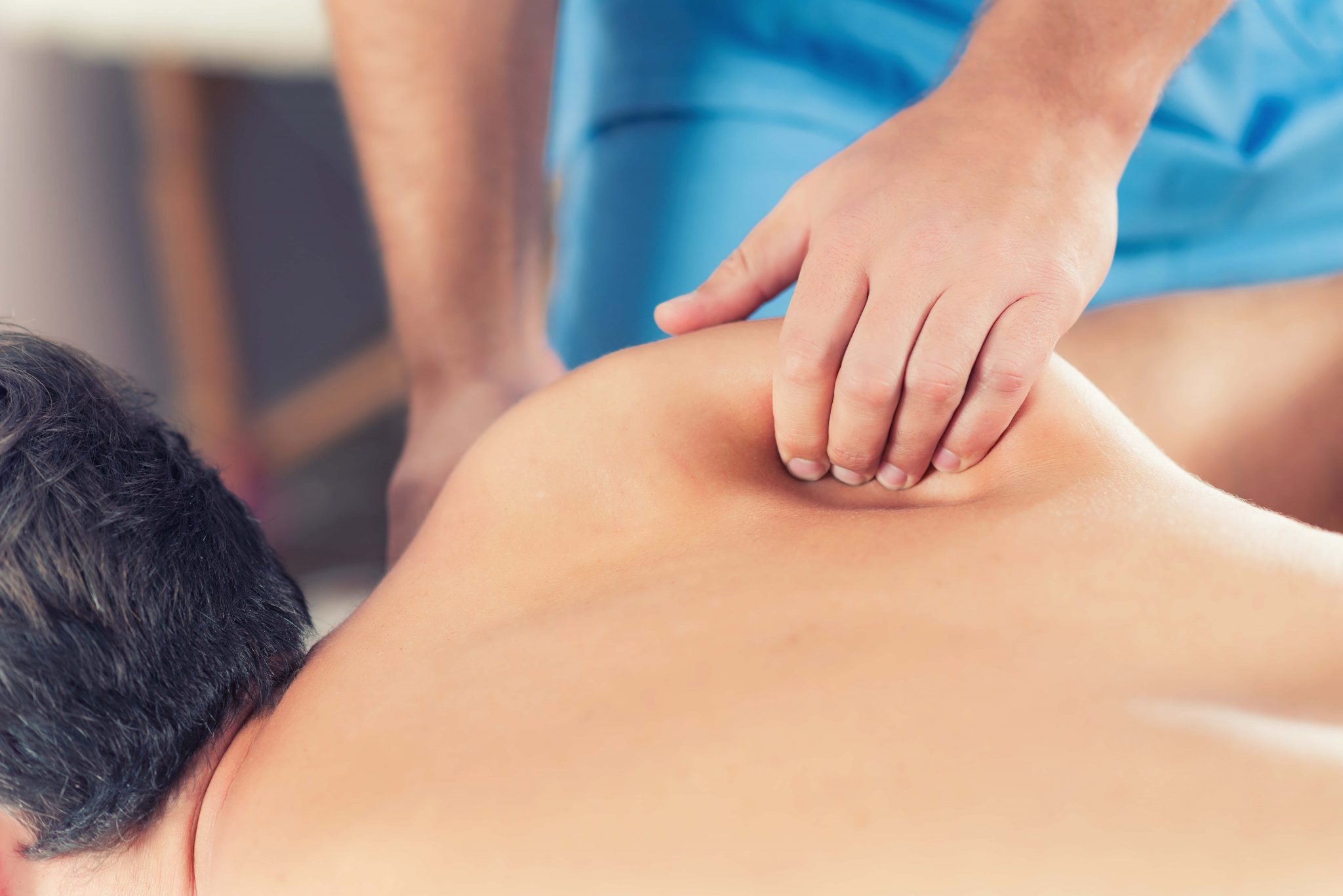Osteoarthritis is such a common condition we see here as Physiotherapists at Prestons Health in Peterborough and Oundle. Our family business thrives in our community because of our community of patients willing to learn more about how to manage their condition; Osteoarthritis was the natural first choice for our first “Let’s Talk” community talk with all our patients invited.
So, what did we talk about?
- “What words come to mind when you think of the word Osteoarthritis? “I asked the audience. Responses included “pain, wear and tear, degenerative”.
- “What do you think causes Osteoarthritis”, was another question we mulled over as a group. Responses included “overuse, wear and tear and previous damage”.
Let’s just consider those two questions and their answers for a moment.
During the session, I pointed out the NICE guidelines. NICE (National Institute of Clinical Excellence) now consider an x-ray unnecessary to diagnose Osteoarthritis. There are in fact 3 conditions that are necessary to make a clinical diagnosis. These are: (1) over the age of 45, (2) activity related joint pain and (3) no morning joint stiffness or morning joint stiffness lasting no longer than 30 minutes.
Q. So an X-ray isn’t required to make a Clinical Diagnosis?
A. No! X-rays need to be interpreted with the whole person being considered. X-rays can show significant changes without any pain being experienced by individuals as well as the reverse findings: people can have high pain levels even with relatively mild osteoarthritic changes on X-rays. So, what’s that all about?
The Purpose of Pain is Protection.
Pain is not an accurate determinant of tissue damage (more on that here). Pain is there as an alarm system: to stimulate the person who is experiencing pain to act in some form. Just like a smoke alarm, it can be a powerful motivator, but it doesn’t tell you why the alarm went off. The smoke alarm could be related to a real fire, merely smoke, a software problem internally with the systems or even totally random with no known cause. Pain can act just the same. After 30 years in the Physiotherapy industry, I have now accepted that pain can be, well, weird. Sometimes it fits a pattern of behaviour and sometimes it is totally random. In clinic, we often see symptoms that don’t line up with x-ray findings alone and exactly why we treat the person in front of us and NOT the x-ray or scan!
So, what does cause Osteoarthritis?
A combination of factors is seen as important. A large part of whether you will be susceptible to Osteoarthritis will be in your genes. That’s the part, let’s face it, you can’t modify! So, as Physiotherapists looking to help patients improve function and pain, we look at the factors that we can modify. And these are the ones that we know are related to the key underlying factor in Osteoarthritis: INFLAMMATION
So how can we modify inflammation in the body to help Osteoarthritis?
MOVE TO IMPROVE.
USE IT OR LOSE IT.
EXERCISE IS MEDICINE.
Yep, you guessed it. Movement really is the key thing you can do to help the inflammatory response. Finding out what is the right movement for you might be the trickier part of the jigsaw and that is where, as Physiotherapists here at Prestons Health, we can help you navigate this. A lot of our job in these circumstances is to work much like a coach: developing a great working, trusting, relationship with our patients to find out what movement is going to work best to help your symptoms and improve your function. Meaningful activity is such an important factor here: we will always try and find activity that has meaning to the individual for the best effect. We all have a drug cabinet in our brain (Yes, we do! More on that here) and what we encourage to help manage arthritis is to help our patients find the right tap to switch on in the “good pharmacy” in the brain. We want to link your movement programme to end functional goal. If you want to play with your grandkids on the floor, we want to give you exercises linked to that very activity. It really helps compliance and motivation to give exercises that patients can see are relevant! We call this a Cognitive Functional Therapy Approach.
What else influences inflammation?
Great question. Sleep directly influences the inflammatory mediators (known as cytokines) in your blood. Getting more (quality) sleep will help detoxify your blood and reduce inflammation. Targeting sleep is no easy task, especially if pain is the issue, but these are conversations we often have in clinic and it can be simple things that can help.
Excess body fat, influences inflammation too. When I learned, as a physiotherapist, that the key issue with having excess body fat (especially abdominal body fat) is that these fat cells themselves drive inflammation, it became a game changer on how I explain this to patients. Have fewer fat cells and less inflammation will follow. Not only should this help reduce your osteoarthritis symptoms, it will also help those other inflammatory diseases like cardiovascular disease, stroke, diabetes………….
These other conditions (like heart disease, stroke, diabetes) will also link in with Osteoarthritis for this very reason. Targeting inflammation in Osteoarthritis will also help manage these other long-term conditions and improve quality of life.
Smoking, I am afraid, is also a big driver of inflammation in the body. I say no more.
So what is the best exercise for Osteoarthritis?
The answer I give when I get asked this is simple. The best exercise you can do is the one that you actually do!
In my professional experience, the hardest part of exercise, or encouraging more movement, is the habit formation. The inertia associated with being in pain is huge. “Moving hurts” is what we hear often. However, once we talk through that pain is not a measure of damage, it often helps people understand a little bit more movement will help.
During the talk I discussed the book ATOMIC HABITS BY JAMES CLEAR.
In it, the key quote is “We do not fall to the level of our goals, we fall to the level of our systems”. In Osteoarthritis terms, we will only get to reach our potential if we create a system for the habit to become established in our lives. We discussed how the author encourages the reader to link your goals to your sense of identity. If you identify as an active person, able to do the gardening in an enjoyable manner, for example. What are the habits of an individual with that identity? Find a way to systemise those habits…. every time you do that habit (Let’s say you choose the exercise to be a squat which is like bending down to pick out a weed), you are voting for the person you want to be. I know it sounds cheesy, but it works!
We talked about some simple things to help with motivation. Ideas like getting your clothes ready the night before….I give myself no option but to get dressed into my running clothes by prepping them in the bathroom for me to jump straight into in the morning. It becomes a natural second step to actually make it out for that run after that. No faffing about trying to find my running bra or socks! I am a massive fan of exercising in the morning (I know it doesn’t suit everyone, of course). I talked about how those smug pants feel mighty fine all day when you put them on in the morning. Remember exercise opens up the good pharmacy in your brain and literally drenches your body (some would say soul) in feel good hormones such as endorphins and endomorphins (you could think of them as endolphins, swimming around your body having a wonderful time!).
This is where having a Physiotherapist as your Osteoarthritis can help you. It is about establishing what things you can do specifically as an individual, like which exercises, thoughts and behaviours will be helpful to you. Physiotherapy is not about giving out generic exercise sheets. I will say that again in case I am not clear. Physiotherapy is not about giving generic exercise sheets. The art of Physiotherapy is about developing a trusted relationship between two humans and acting as a guide to walk alongside and champion that person to know “I’ve got this”, “I can change my pain and my function”.
As our new sign in clinic says, “Yes you can”
Get in touch today if you would like your bespoke physiotherapy plan to help you get back doing what you love. You won’t regret it!
We also talked about joint replacement surgery. This can be a totally appropriate thing to do to improve quality of life. The NICE guidelines are worth looking at here again. We talked about the importance of “prehab” to help prior to an operation. It makes perfect sense to improve your habit around exercise, get your heart and lungs fitter, and your muscles stronger before your surgery to prep you for an excellent post operative result. We can also help you with that.




